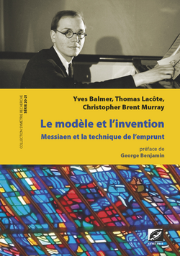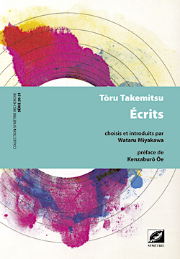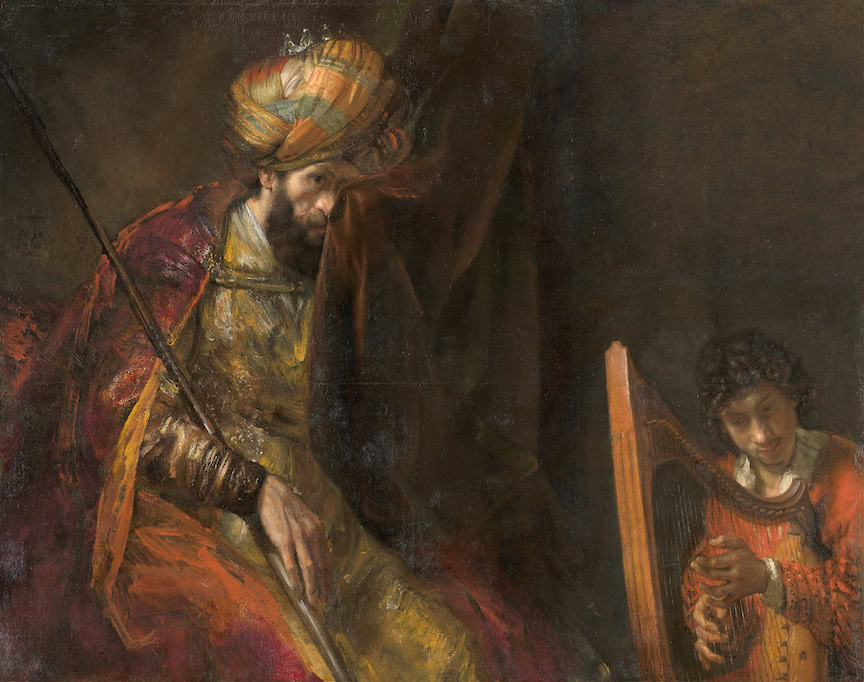Messiaen and Takemitsu
A study of the importance of models in Messiaen's music, and a collection of Takemitsu's writings, have just been published in a collection by Symétrie dedicated to 20th and 21st century music.

Despite their fundamental importance throughout the history of music, musical borrowings are still a relatively unexplored field of research. Messiaen never concealed his models and enthusiasms, but their implications for his compositional technique had yet to be studied in greater detail and depth. Passionately seeking out what touched him in the great masters, he appropriated scattered materials for use and transcendence in his own compositions, methodically collecting and classifying melodic turns, harmonic sequences, rhythmic fragments and, of course, birdsong, from which he could draw when the time came, like a painter with his palette. Receiving influences is a natural thing, but in this particular case, the extreme diversity of borrowings, as well as their nature, is exceptional, since we find in his entire output a multitude of quotations, more or less distorted, from plainchant to Stravinsky, from Claude Le Jeune to Jolivet, via Mozart, Moussorgski, Wagner, Massenet, Debussy, Berg and non-European music, all of which Messiaen was able to blend into his own personal style, making his works instantly recognizable. The fruit of lengthy research, this book, divided into three parts (theoretical aspects, sources and analysis of works), was written in close collaboration by three authors pooling their knowledge of musicology, composition and performance.
From a younger generation, Tōru Takemitsu was marked by war in his youth and followed an atypical academic and musical path. Certainly Japan's greatest composer, he also possessed a particular gift for storytelling, and the literary quality of his writings brought them recognition far beyond musical circles. With sobriety, intensity and clarity of thought, the author of In an Autumn Garden unifies silence, sound, nature, life and impermanence, frequently using images that are both poetic and precise, and that capture the imagination. This selection of diverse, engaging and sensitively translated writings brings together 56 texts of unequal length, often short but dense, and nearly a hundred notes that Takemitsu wrote to present his works. Thanks to an excellent translation, we can thus approach presentations of his compositional approach, reflections on music in general, texts devoted to other artists, musicians or not, short stories, interviews with the composer or even dialogues he himself conducted with Berio, Cage, Rattle and Xenakis. His great curiosity and attention to other people and the world around him led him to tackle a wide variety of subjects, ranging from painting, literature, dance and cinema to social aspects, reflections on words and their multiple meanings, and the different qualities of sound. A vision different from that of an often sadly "functional" West, Takemitsu's essays are as fluid as his music, about which he said: "What I strive to create are transformations as progressive as the waves of ebb and flow."
Yves Balmer, Thomas Lacôte and Christopher Brent Murray: Le modèle et l'invention. Messiaen et la technique de l'emprunt, 624 p., € 65.00, Éditions Symétrie, Lyon 2017, ISBN 978-2-36485-045-3
Tōru Takemitsu: Écrits, selected and introduced by Wataru Miyakawa, preface by Kenzaburō Ōe, 464 p., € 37.00, Éditions Symétrie, Lyon 2018, ISBN 978-2-36485-042-2










